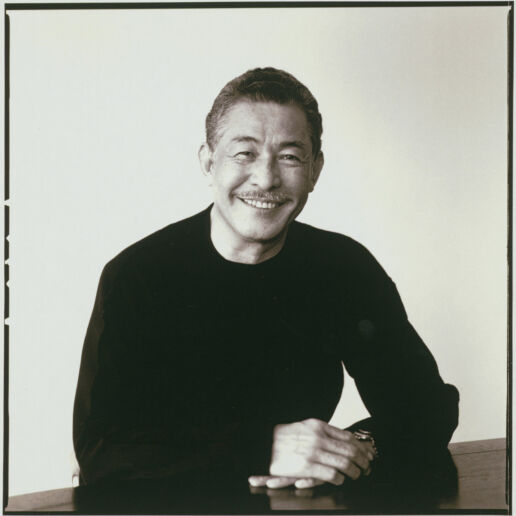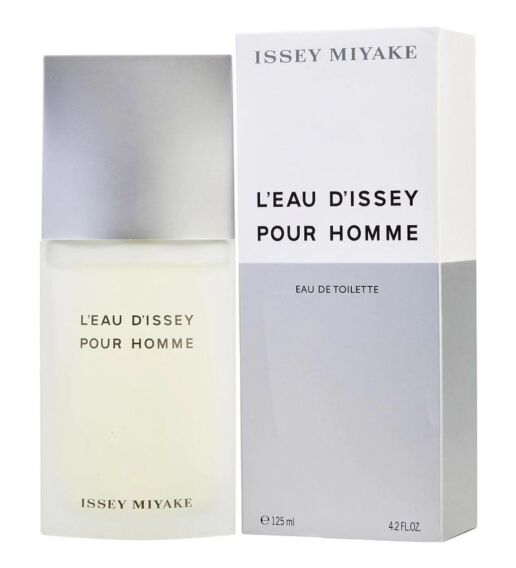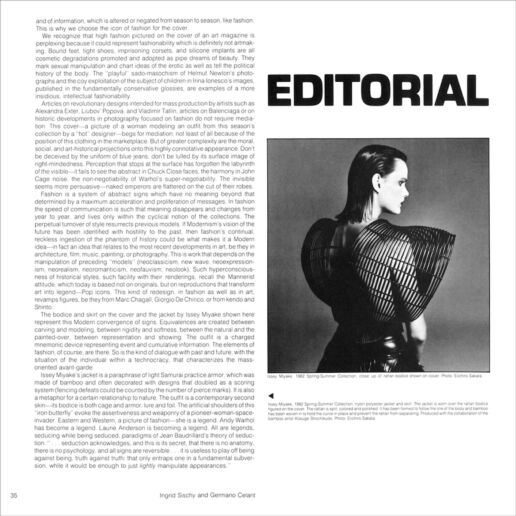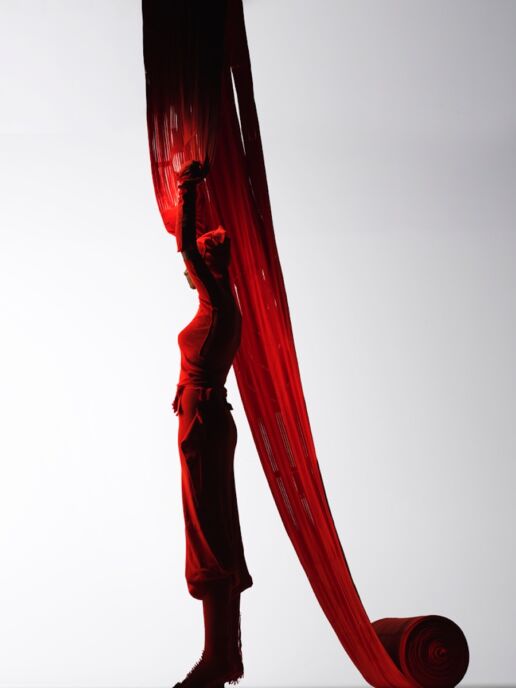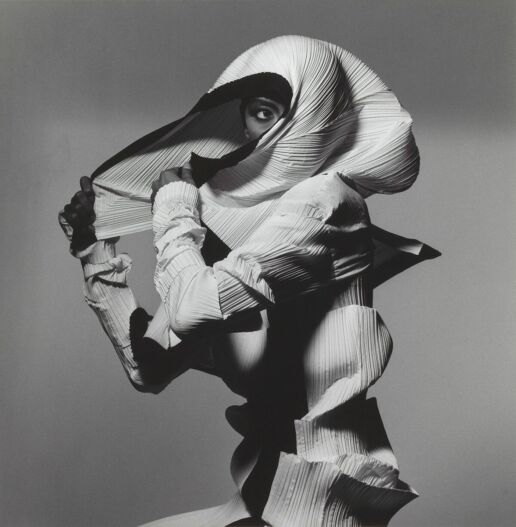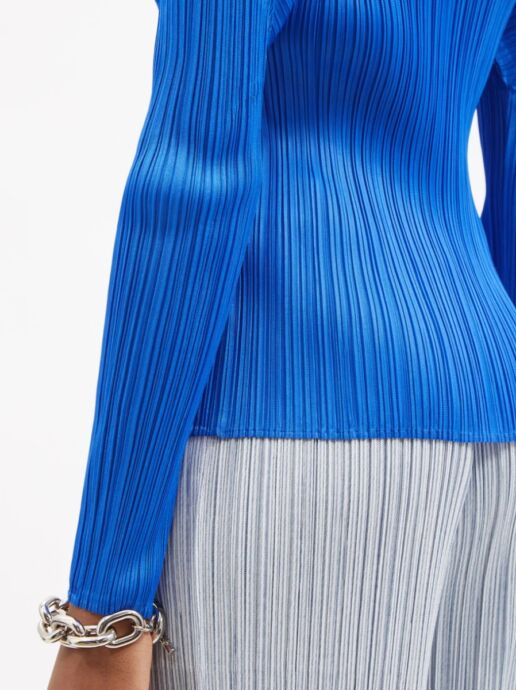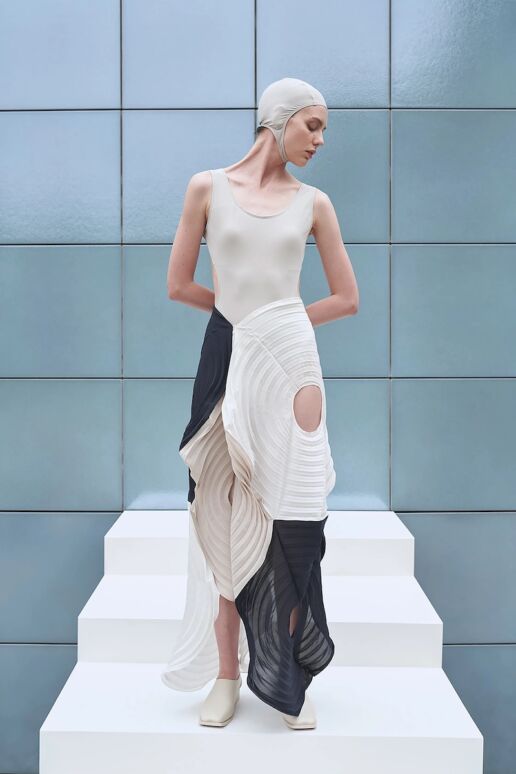A MOMENT OF SILENCE FOR FORMS THAT FOLD AND DANCE
The atomic bomb, pleats, Steve Jobs and perfumes… We bid farewell to designer Issey Miyake, who ingenuously turned these seemingly independent details into touchstones of a lifetime.
Issey Miyake took the fashion scene of the 80s by storm with fabric folding techniques inspired by traditional Japanese culture, and the popular culture of the 90s with his black turtleneck sweater Steve Jobs invariably wore for his speeches. Miyake was 7 years old when the atomic bomb exploded in Hiroshima and only recently did he elaborate on the harrowing experience: ‘When I close my eyes, I still see things no one should ever experience – I remember it all.’ Miyake’s interest in design began while he was flicking through the pages of his sister’s fashion magazines. Miyake had an interest in dancing as a child but he decided to study graphic design in Tokyo and then moved to Paris influenced by the world of fashion. Rumour has it that he was drawing between 50 to 100 sketches while he worked as an assistant for Guy Laroche and Hubert de Givenchy. Miyake found inspiration in the human form and always argued that fashion should make people comfortable as much as it looked aesthetic. He returned to Tokyo in 1970 and started working on founding his own design studio.
According to Miyake, his inspiration was an amalgamation of numerous details including the quirky and unusual designs of American architect Isamu Noguchi, the passionate geometric shapes of fashion designer Madeleine Vionnet, and the sculptures of Giacometti and Brancusi he saw in museums. He seems to have merged the techniques of these great creative minds in the fabric folding technique he developed at the end of the 80s. By steam-pressing the fabric which is folded with special sheets of paper between the pleats, Miyake created his trademark floating forms which were equally comfortable to wear. Realising the potential of his method in creating ideal costumes for dancers, Miyake was commissioned to design the costumes for the Frankfurt Ballet Company. This collaboration also inspired his 1994 ‘Pleats Please’ collection, which is so distinctly Miyake. Miyake’s innovative approach to design seamlessly combined the main themes of recent history like ‘portability, lightweight, crease-free and gender neutral’ in a single collection 30 years ago. The clothes he produced from a single piece of fabric called A–POC (A Piece of Clothing) were subsequently included in MoMa’s permanent collection. The dress designed by Issey Miyake, which appeared on the 1982 cover of the contemporary art magazine Artforum still maintains its currency as a product of this brave and genius mind.
Collaborating with many painters, photographers and sculptors throughout his career, the designer was awarded Japan’s prestigious 2010 Order of Culture for his contributions to the country. Miyake passed away at the age of 84, proving that his legacy goes far beyond a fashion brand.


